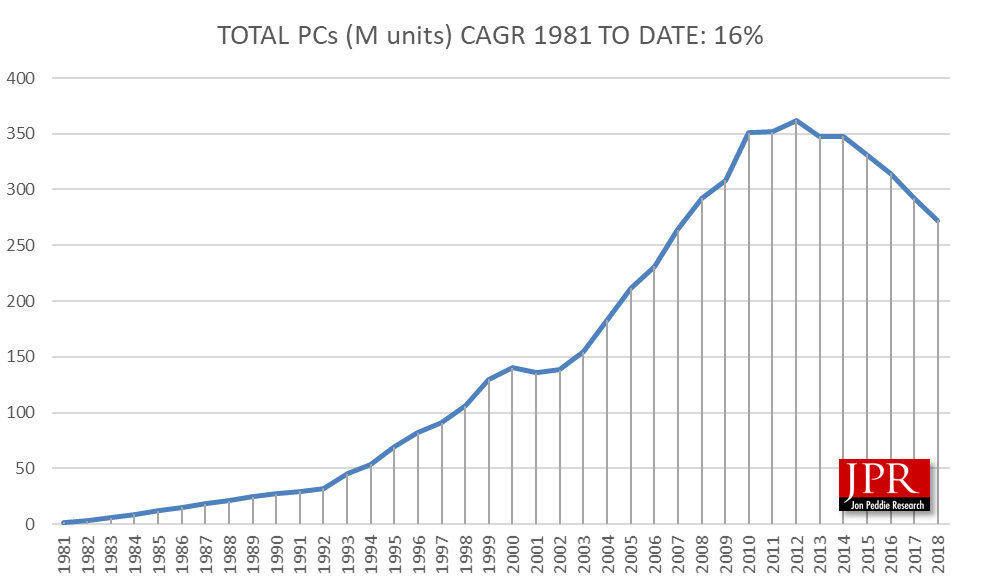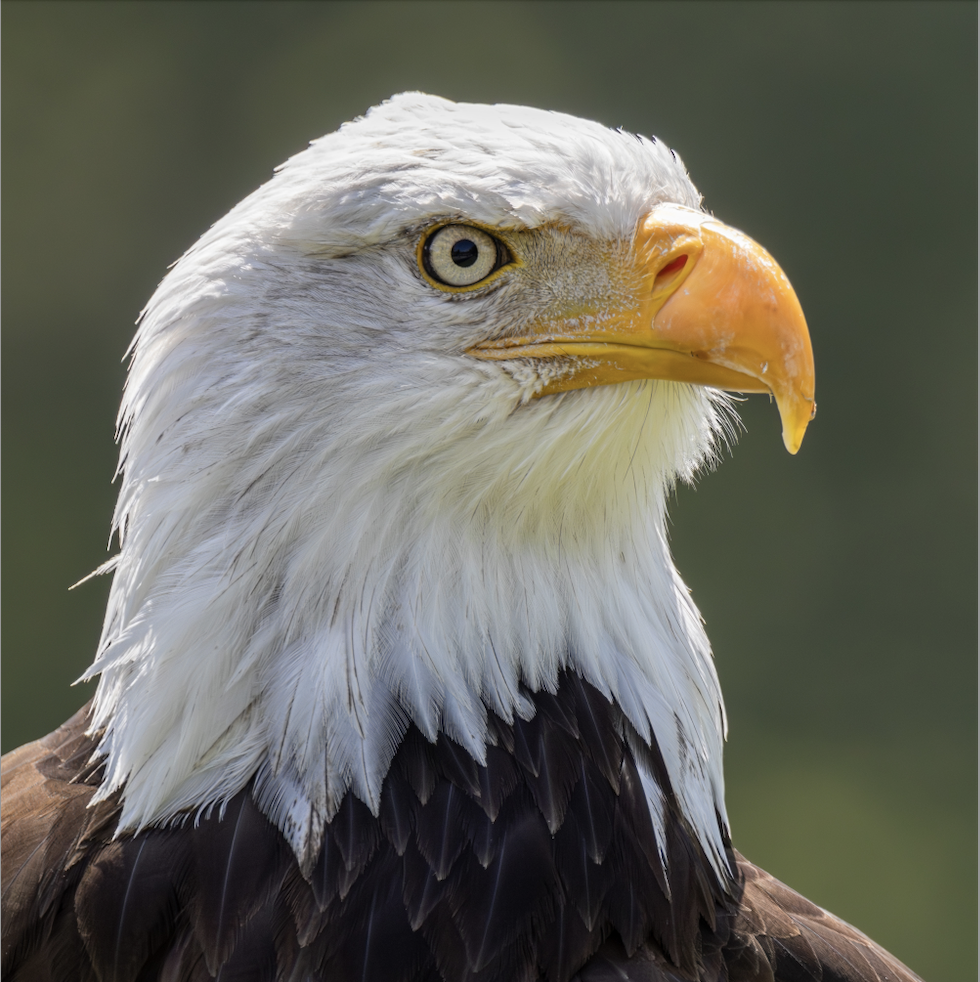What a well framed photo! And yes, that’s meant as a non-risque double entendre.
For anyone wondering what I’m on about, if you have a symmetrical object with sharp lines in front of you take the time to do something with them. In this photo, OP made sure they were centered/squared to them. This makes for a very pleasing photo.














Get out there, take a photo, and join in! If you’re fortunate enough to live in an area with flowers odds are there are bees. Once you notice them they tend to be everywhere.